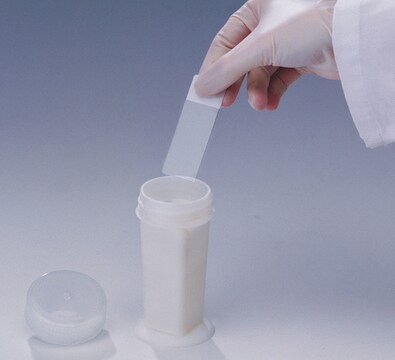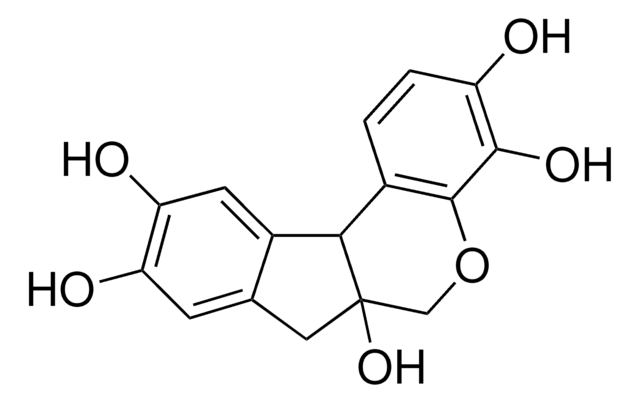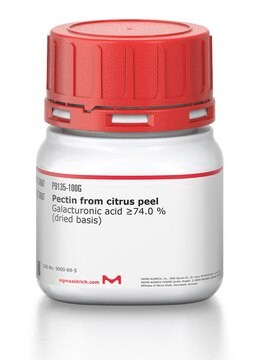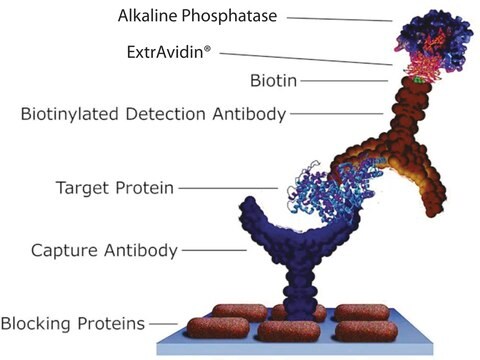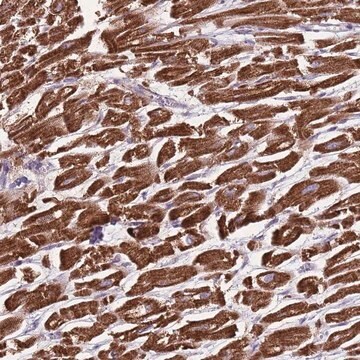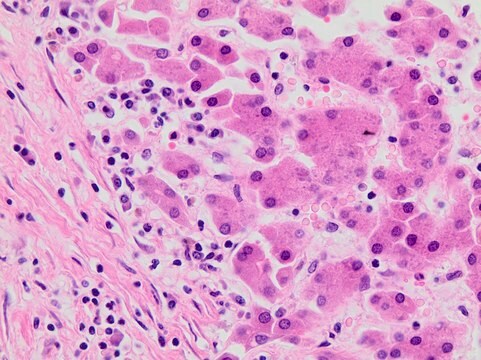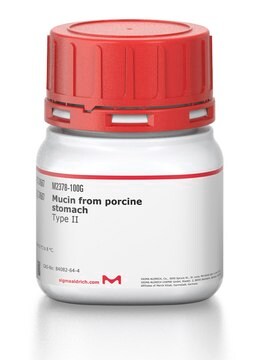05-2650
Chloral hydrate
SAJ special grade, ≥99.7%
Synonym(s):
Trichloroacetaldehyde hydrate
Sign Into View Organizational & Contract Pricing
All Photos(1)
About This Item
Linear Formula:
Cl3CCH(OH)2
CAS Number:
Molecular Weight:
165.40
Beilstein:
1698497
EC Number:
MDL number:
UNSPSC Code:
12352100
PubChem Substance ID:
Recommended Products
grade
SAJ special grade
Assay
≥99.7%
availability
available only in Japan
mp
57 °C (lit.)
SMILES string
OC(O)C(Cl)(Cl)Cl
InChI
1S/C2H3Cl3O2/c3-2(4,5)1(6)7/h1,6-7H
InChI key
RNFNDJAIBTYOQL-UHFFFAOYSA-N
Looking for similar products? Visit Product Comparison Guide
Signal Word
Danger
Hazard Statements
Precautionary Statements
Hazard Classifications
Acute Tox. 3 Oral - Eye Irrit. 2 - Skin Irrit. 2
Storage Class Code
6.1C - Combustible acute toxic Cat.3 / toxic compounds or compounds which causing chronic effects
WGK
WGK 2
Flash Point(F)
Not applicable
Flash Point(C)
Not applicable
Personal Protective Equipment
dust mask type N95 (US), Eyeshields, Gloves
Choose from one of the most recent versions:
Already Own This Product?
Find documentation for the products that you have recently purchased in the Document Library.
Stephanie K West et al.
The British journal of ophthalmology, 97(11), 1437-1442 (2013-09-21)
To report the largest study on the safety and effectiveness of sedation in paediatric ophthalmology in a nurse-led outpatient sedation unit. Retrospective cohort study reviewing all children who underwent sedation from January 2006 to December 2010. Patients were sedated with
Tal I Arnon et al.
PloS one, 3(5), e2150-e2150 (2008-05-15)
The natural cytotoxic receptors (NCRs) are a unique set of activating proteins expressed mainly on the surface of natural killer (NK) cells. The NCRs, which include three members; NKp46, NKp44 and NKp30, are critically involved in NK cytotoxicity against different
Simone Jürschik et al.
Journal of mass spectrometry : JMS, 47(9), 1092-1097 (2012-09-14)
In this work, we illustrate the application of proton transfer reaction mass spectrometry (PTR-MS) in the field of food and drink safety. We present proof-of-principle measurements of four different drinks (water, tea, red wine and white wine) each spiked separately
A G Salmon et al.
Journal of toxicology. Clinical toxicology, 33(2), 115-121 (1995-01-01)
Chloral hydrate is commonly used to sedate children for diagnostic or therapeutic procedures. The drug has been extensively used for many years, but there are remarkably few data on its long-term health effects. Concern in this regard is raised by
T L Sourkes
Molecular and chemical neuropathology, 17(1), 21-30 (1992-08-01)
Chloral hydrate was introduced into therapeutics more than 120 years ago, and soon became popular as a somnifacient. It is the first synthetic CNS depressant. Its metabolite, urochloralic acid, was detected early. Studies of the biochemical pharmacology of chloral hydrate
Our team of scientists has experience in all areas of research including Life Science, Material Science, Chemical Synthesis, Chromatography, Analytical and many others.
Contact Technical Service
